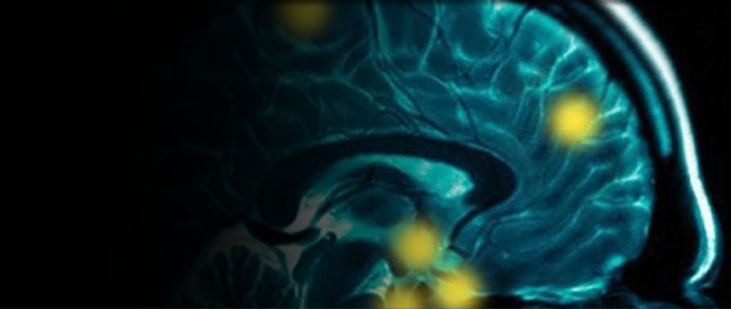By Fenna M. Krienen, B. T. Thomas Yeo, Tian Ge, Randy L. Buckner, and Chet C. Sherwood | PNAS | December 10, 2015
Abstract:
The human brain is patterned with disproportionately large, distributed cerebral networks that connect multiple association zones in the frontal, temporal, and parietal lobes. The expansion of the cortical surface, along with the emergence of long-range connectivity networks, may be reflected in changes to the underlying molecular architecture. Using the Allen Institute’s human brain transcriptional atlas, we demonstrate that genes particularly enriched in supragranular layers of the human cerebral cortex relative to mouse distinguish major cortical classes. The topography of transcriptional expression reflects large-scale brain network organization consistent with estimates from functional connectivity MRI and anatomical tracing in nonhuman primates. Microarray expression data for genes preferentially expressed in human upper layers (II/III), but enriched only in lower layers (V/VI) of mouse, were cross-correlated to identify molecular profiles across the cerebral cortex of postmortem human brains (n = 6). Unimodal sensory and motor zones have similar molecular profiles, despite being distributed across the cortical mantle. Sensory/motor profiles were anticorrelated with paralimbic and certain distributed association network profiles. Tests of alternative gene sets did not consistently distinguish sensory and motor regions from paralimbic and association regions: (i) genes enriched in supragranular layers in both humans and mice, (ii) genes cortically enriched in humans relative to nonhuman primates, (iii) genes related to connectivity in rodents, (iv) genes associated with human and mouse connectivity, and (v) 1,454 gene sets curated from known gene ontologies. Molecular innovations of upper cortical layers may be an important component in the evolution of long-range corticocortical projections.



